When is Secrets of the Whales on Disney Plus?
Secrets of the Whales will be available to stream on Disney Plus from 22 April.
Watch the trailer for Secrets of the Whales:
What is Secrets of the Whales about?
Announced as a new series for Earth Day 2021, Disney Plus has unveiled a documentary that should excite any whale lover. Filmed over three years in 24 locations, it is rightly described as an ‘epic journey’.
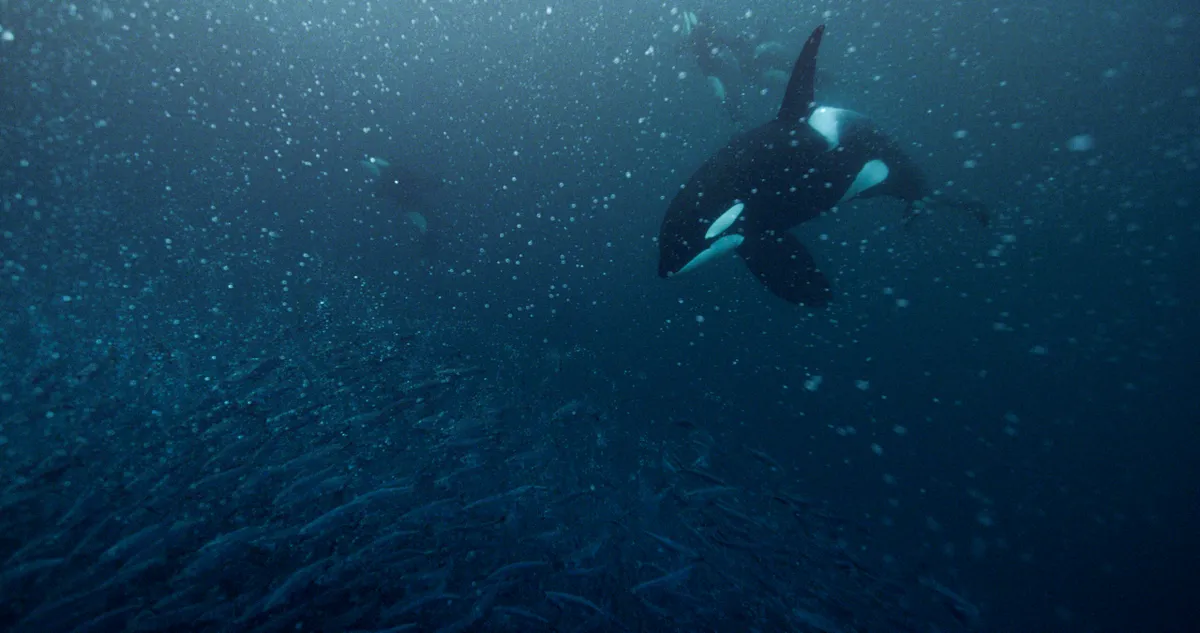
Each of the four episodes focuses on a different whale or dolphin species: orca, humpback, beluga and sperm, with narwhals also making an appearance. Each also centres on a different theme of behaviour; exploring family ties, communication, co- operation and hunting.
You cannot fault the series on its spectacular cinematography. The joint movie-making skills of producer James Cameron and photographer Brian Ferry are evident throughout, with epic sweeping footage, heart-rending dramatic scenes and a beautifully chosen and suitably emotive score composed by Raphaelle Thibaut.
The narration, provided by actress Sigourney Weaver, does however veer quite far into anthropomorphism at times. Scientific nuance is perhaps pushed aside in favour of slick storytelling. It would have been helpful to hear a little more from whale experts for context in some places.
Overall, if you love whales, you will enjoy this series, and there is no denying that it is a visual feast. From the surreal sight of snoozing sperm whales hovering upright in the water like “trees in a forest”, to the joyous spectacle of hundreds of ghost-like belugas in a seemingly ecstatic, playful reunion, they have captured some important and enchanting footage.
Learn more about other marine wildlife:
Who narrates Secrets of the Whales?

Secrets of the Whales is narrated by the award-winning American actress and environmentalist Sigourney Weaver, who has appeared in more than 60 films and is famous for playing Ellen Ripley in the Alien franchise and Dian Fossey in Gorillas in the Mist. After appearing in the latter, she became the honorary chair of the Dian Fossey Gorilla Fund. She narrated the American version of Planet Earth, replacing Sir David Attenborough.
Which species appear in Secrets of the Whales?
Five species of whale and dolphin appear in the series, as do a number of other marine species:
1
Orca (Orcinus orca, also known as killer whale)
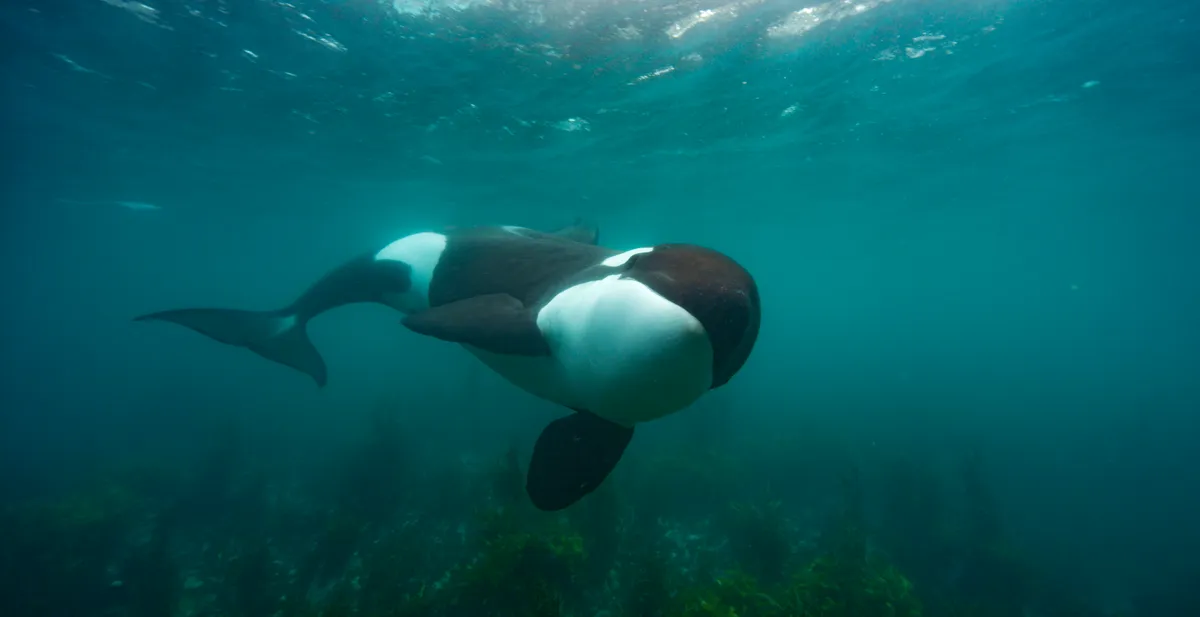
The largest of the dolphin species, orcas are the most widely distributed cetacean. Populations can differ in appearance, behaviour, communication and diet. Their alternative name of killer whales stems from the name 'asesina ballenas', given to them by ancient sailors and describing them as 'whale killer'.
Orcas feed on a wide variety of other ocean creatures, such as other cetaceans, pinnipeds (seals and sea lions), fish including sharks and rays, cephalopods (octopuses and squids), and birds.
2
Humpback whale (Megaptera novaeangliae)
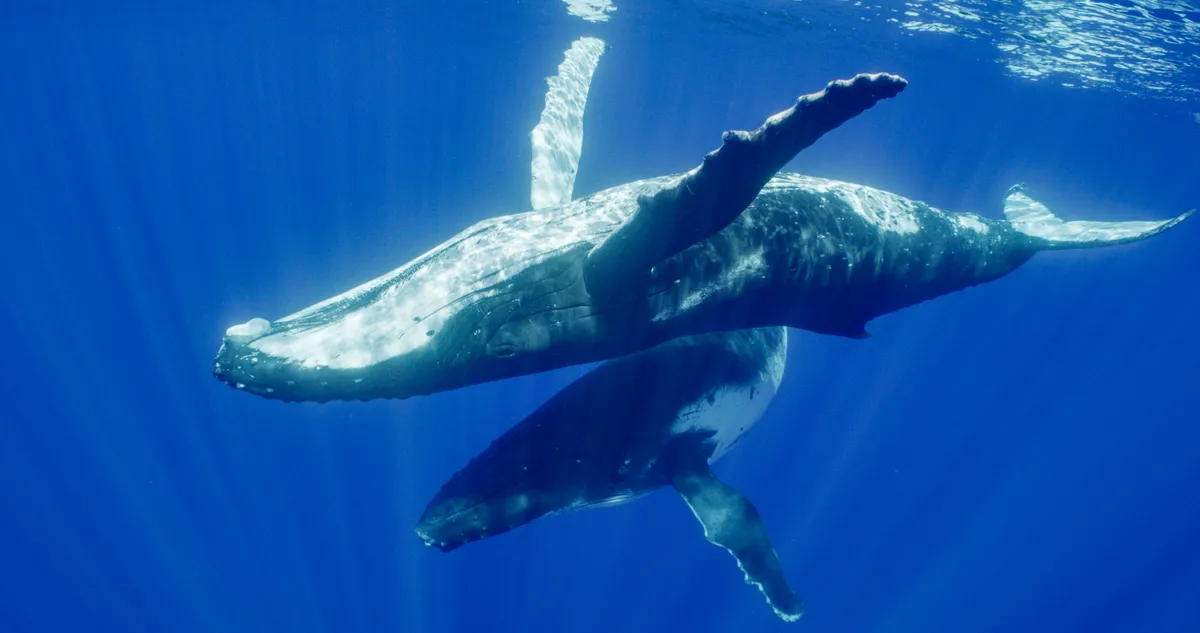
Humpback whales are famous for their whale songs, epic migrations and breaching behaviours. They are known to be a friendly species that often interacts with other cetaceans, including playing with dolphins, forming mixed groups with other whales, and even protecting humans, seals and other cetaceans from orcas and sharks.
Both male and female humpback whales produce vocalisations, although it is only the male which makes the song that the species is known for. Songs are culturally transmitted and differ between populations.
3
Beluga (Delphinapterus leucas)
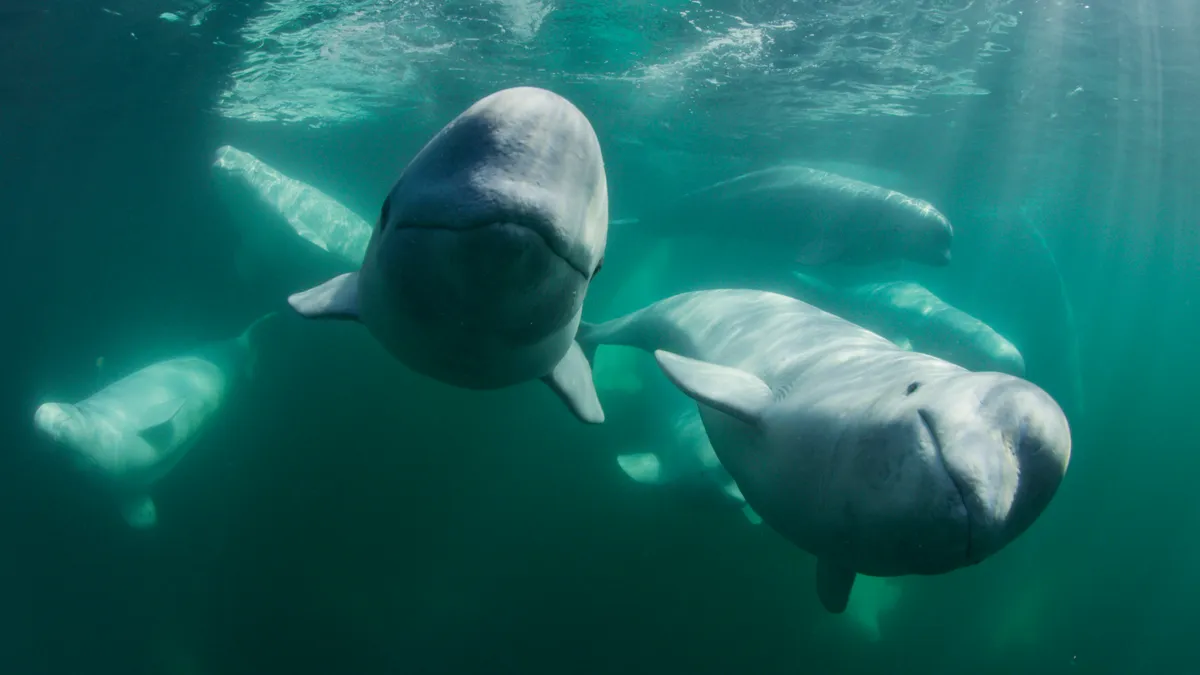
Beluga whales have a bulbous forehead called a “melon”, which is flexible and can change shapes. They live in the Arctic and sub-Arctic, and are closely related to the narwhal; the two species are the only members of the Monodontidae family. Beluga whales are very sociable and form pods of up to 25 members (the average is ten).
4
Sperm whale (Physeter macrocephalus)

Sperm whales are the largest of the toothed whales (a group that also includes dolphins, porpoises, beluga whales, and beaked whales), with males growing up to 52 feet and weighing 45 tonnes. They are named after the spermaceti, a waxy substance found in their heads, which made them a target by the commercial whaling industry as spermaceti could be used in a variety of products such as candles, oil lamps and lubricants.
5
Narwhal (Monodon monoceros)
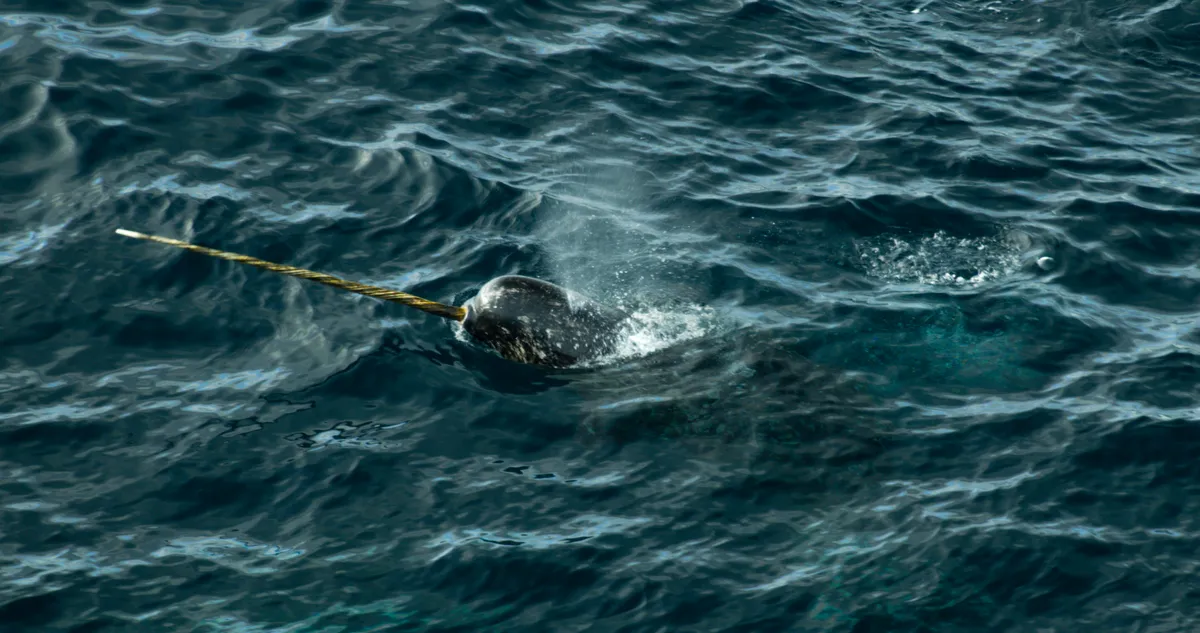
Looking like a cross between a unicorn and a whale, narwhals have a long and spiralling tusk that emerges from its head. It can grow up to 10 feet in length, is most commonly found on males, and some narwhals may even have two. This tusk is actually have an enlarged tooth, and can have up to 10 million nerve endings inside.
6
Other species
Sea turtle
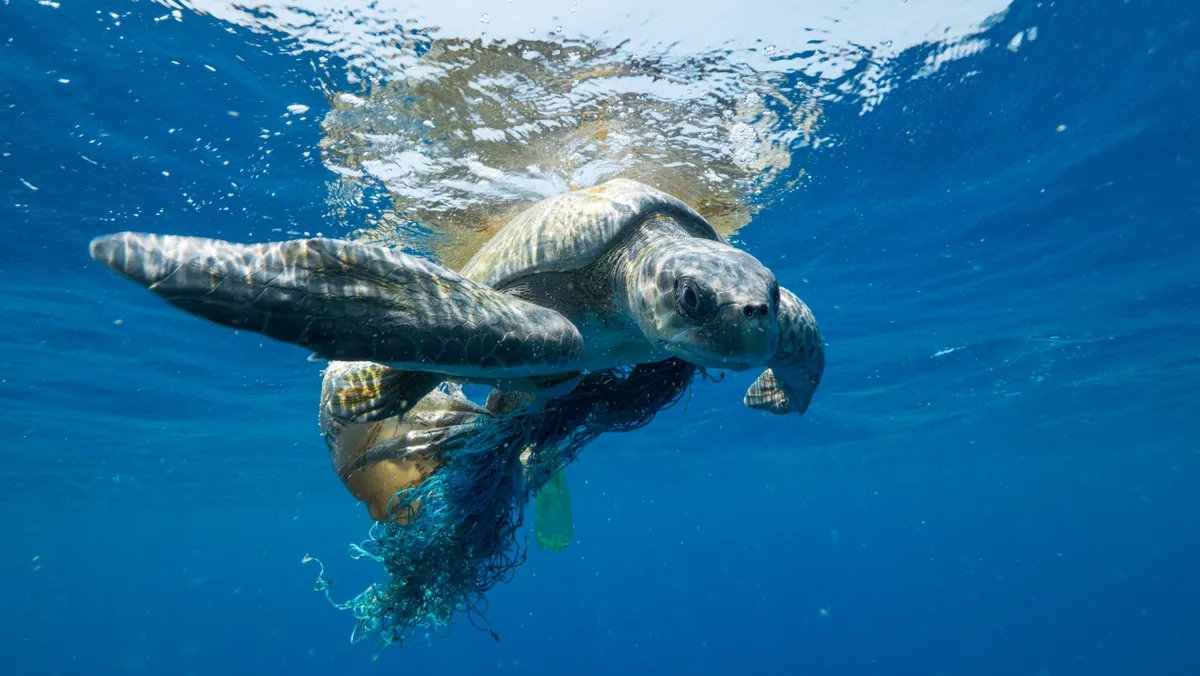
Polar bear (Ursus maritimus)
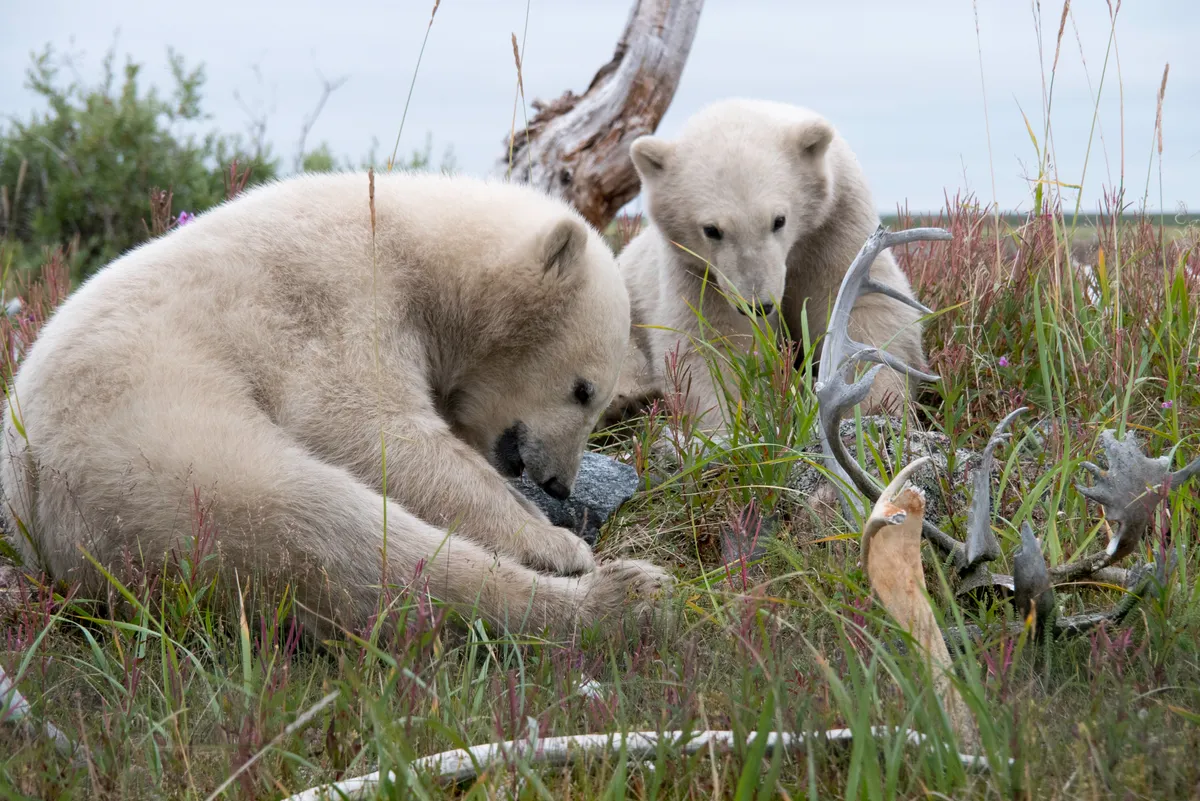
Learn more about polar bears:
Southern elephant seal (Mirounga leonina)
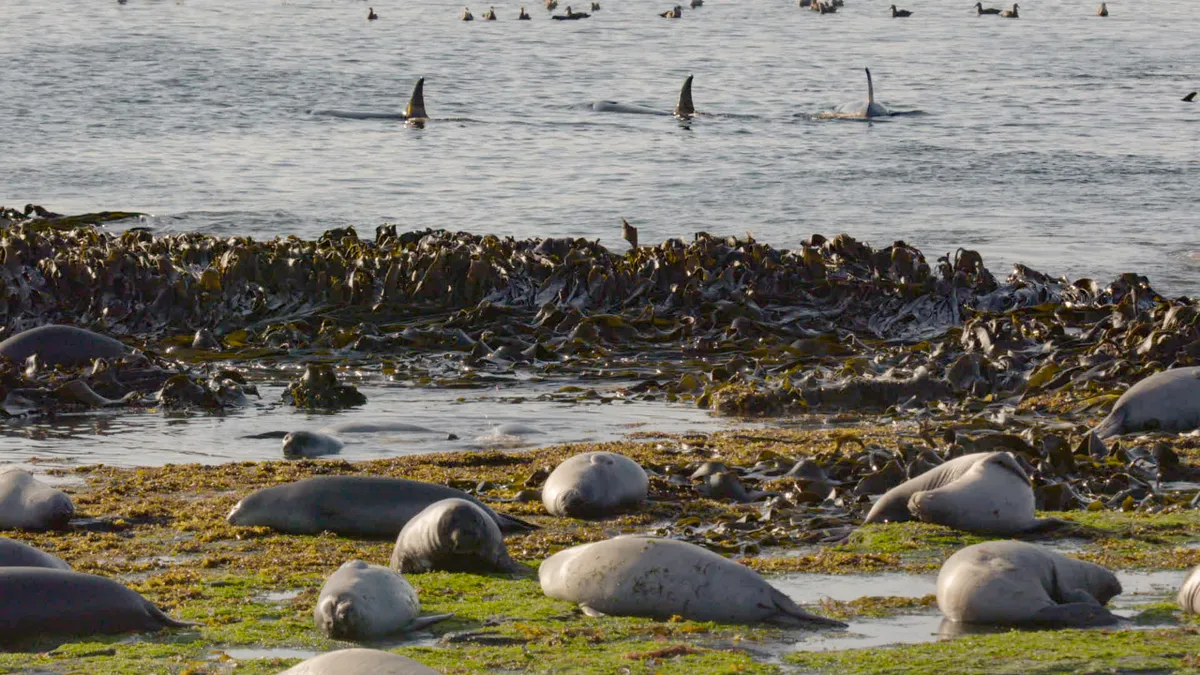
Herring
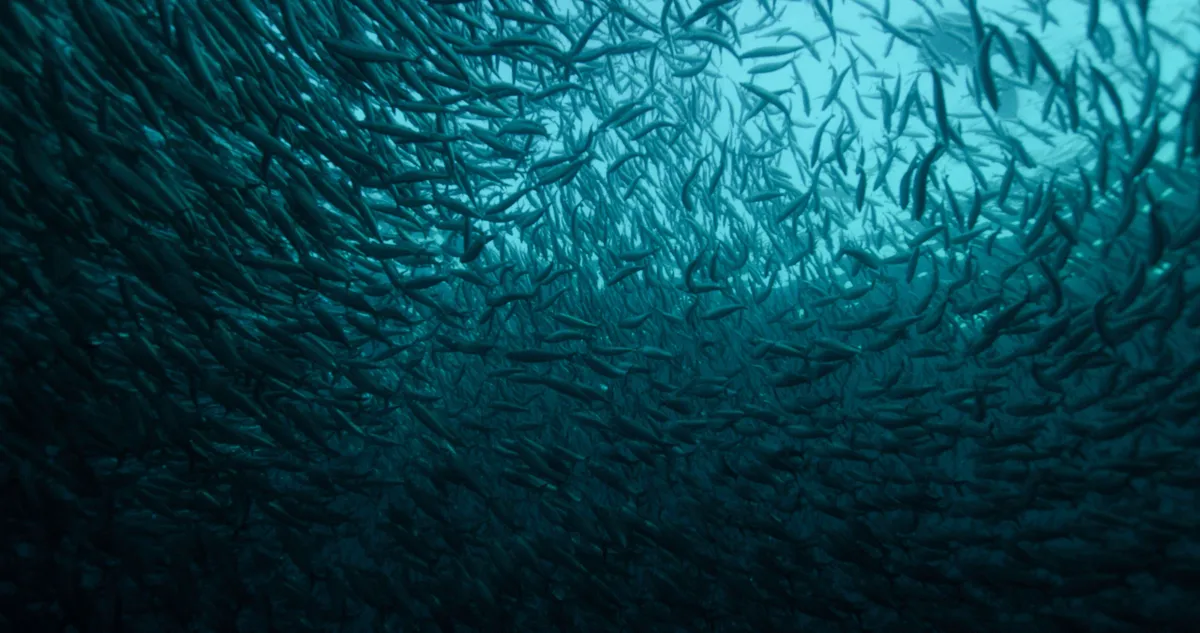
Gentoo penguin (Pygoscelis papua)
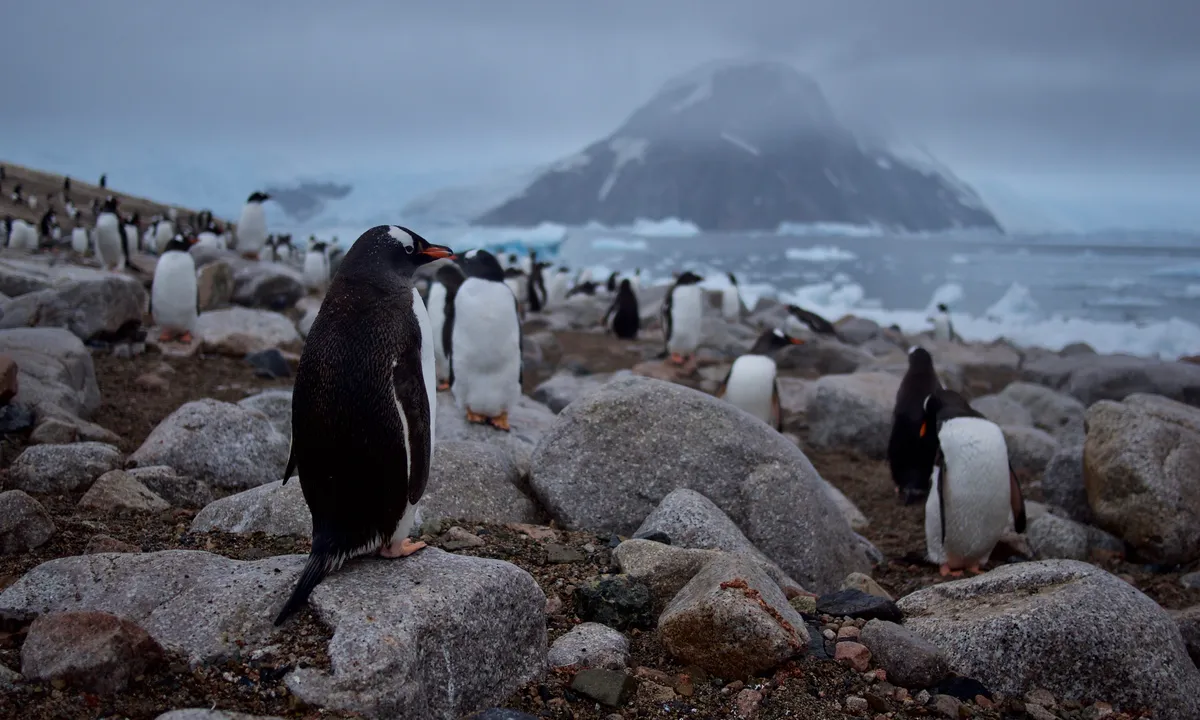
Main image: Scientists believe humpbacks breach to communicate to other whales - although it also looks like fun. © National Geographic for Disney+/Hayes Baxley

